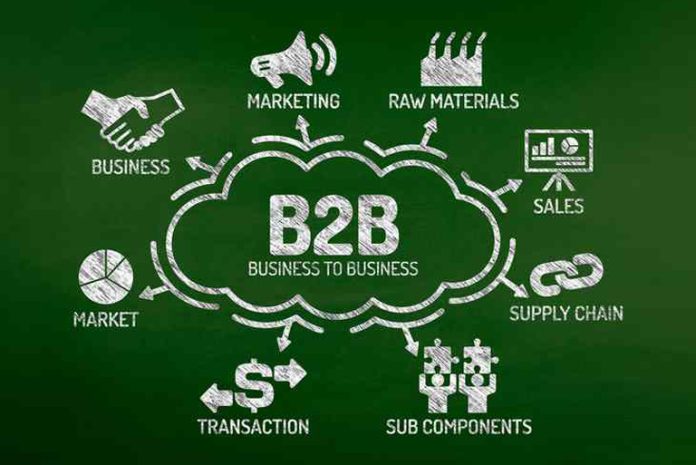Marketers are always juggling many balls, and there are numerous hurdles that must be solved. Here are some of the most prevalent problems that B2B marketers confront, as well as suggestions for how to solve them.
Generating Traffic
One of the most difficult tasks for B2B marketers is attracting enough of the correct kind of traffic to their website because even the finest content is useless if no one sees it.
There are several methods for generating traffic, and the efficiency of each method varies based on the niche in which the company operates. For complete instructions on how to attract traffic, go here.
Proving ROI
‘How can I show to internal stakeholders that what I’m doing is truly working?’ remains a top challenge for SMEs and big organizations alike.
If you can’t show that you’re getting a good return on your investment, you’ll have a hard time getting further funding in the future.
At the outset of the process, clearly stated end goals must be agreed upon. It’s critical to moderate expectations and set realistic targets at this stage, especially when campaigns get started and acquire popularity. You may follow these goals and utilize the data to discover which initiatives are doing the best once you’ve decided on them.
Unlike sales teams, who have specific numbers and objectives to meet (for example, achieving X number of sales per month/landing business worth £X per quarter), marketing ROI can be harder to calculate.
You had a key role in creating that lead and subsequent income if a potential prospect saw an advertisement, blog post, or other pieces of content and converted it later. The issue arises when it comes to assigning that lead to a certain channel.
The key is to employ analytics to know exactly where a consumer came from and how far they’ve traveled.
Getting rid of jargon
No one will interact with your material if it appears to have been authored by a robot. That’s all there is to it. It’s critical to create and maintain connections with potential clients in B2B sales, and your website should be at the center of that. It will frequently be one of a prospect’s initial points of contact with your organization, and it should function as an extension of the team.
If your website is full of jargon, tough to read, and difficult to understand, it will reflect poorly on your firm. It’s the equivalent of receiving a call from a sales representative who is reading from a script. There will be no connection created, and no relationship will begin. The consumer is likely to become bored and search for anything else to do.
The solution is to consider the user experience you’re offering and to make your communications more personable. Also, instead of writing for search engines, write straight to the target reader.
Make each engagement a one-on-one meeting, and you’ll be well on your way to establishing those crucial initial contacts with potential prospects. That’s not to suggest your material can’t have a more professional or official tone. Many B2B companies strike a balance between professionalism and accessibility. It’s possible to seem formal without sounding heartless.
Customizing content for each stage of the buyer’s journey
Although content marketing is an important part of the inbound marketing arsenal, it is frequently overlooked as to where each piece should be placed in the buyer’s journey and what its objective should be.
You need a plan rather than just creating a bunch of material and seeing what occurs. Each item must be specifically customized to its intended audience, both in terms of tone and where they are in the sales funnel.
Someone at the start of the sales process, who is just starting to explore a problem they have, will want quite different information than someone at the end, who is looking for more specific, technical information and examples of the solutions in action.
If you already have a content library, start by auditing it to see what you have for each buyer persona at each point of the buyer journey. The magnitude of the gaps that this exercise identifies for you may surprise you.
Integration of technology
Having the appropriate tools for the task can make a huge difference for any business, but investing in the wrong software or installing it incorrectly may be expensive. When acquiring new technology, the first step should always be to determine how it will help your company and team.
Before you make a purchase choice, talk to the people who will be utilizing the tools on the ground. Ask them whether they think the features are beneficial. Will the kit help them save time and effort (and, as a result, money)?
Once you’ve decided on the best digital tools for your company, make sure everyone on your staff knows how to utilize them. It doesn’t matter how excellent your tools are if no one knows what they can accomplish or how to utilize them. Training is essential for both sales and marketing teams. Ensuring that your personnel is well-trained can help you get the most out of the tools and overcome any potential opposition you may encounter.
Aligning sales & marketing
How to get your sales and marketing teams to operate together as one well-oiled machine is a perennial concern for practically all firms and one we’ve already touched on in our book.
A well-aligned sales and marketing team may make a significant impact on the smooth operation of your company as well as drive significant revenue growth.










